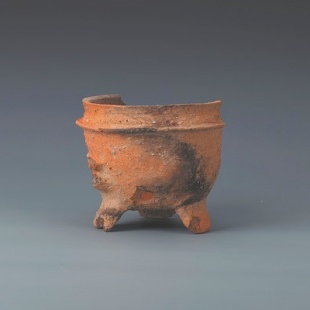Mapping a city's rise and fall
Vast archaeological site unearths new research materials for comprehending the formation of urban society approximately 6,000 years ago, Wang Qian reports.


On a gentle slope in Doushan village, Wuxi, Jiangsu province, the contours of the past emerge from the earth. Archaeologists brush away soil from a groundbreaking discovery of the remains of a prehistoric city dating back approximately 6,000 years.
Spanning nearly 250,000 square meters, the Doushan site has been identified as the earliest known prehistoric city in the lower Yangtze River Delta. Its sophisticated network of walls and moats, dating to the Majiabang (5000-3350 BC) and Songze (3800-3300 BC) cultures, helps researchers understand how urban societies began forming in the region.
For the archaeologists on the ground, it is a moment of profound revelation.
"Dense with relics and rich in content, the site possesses significant historical, scientific, and artistic value. Its discovery provides new material for comprehending the social structure, the levels of productivity of the Majiabang and Songze cultures, and for studying the process of civilization in the lower Yangtze River region," says Zhou Runken, the leader of the excavation team and deputy director of the Jiangsu Provincial Institute of Cultural Relics and Archaeology.





































